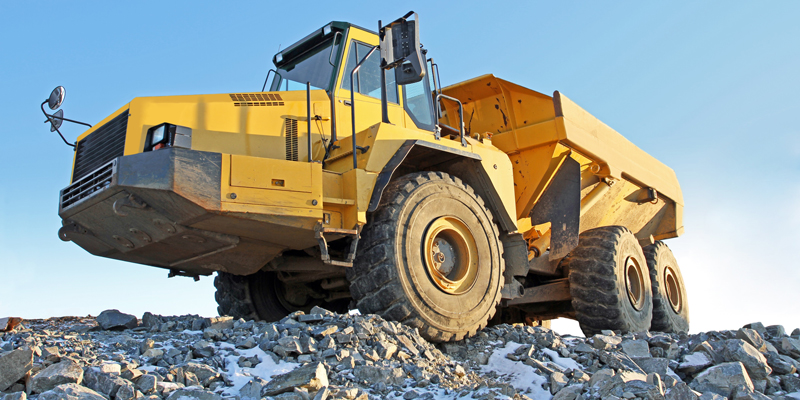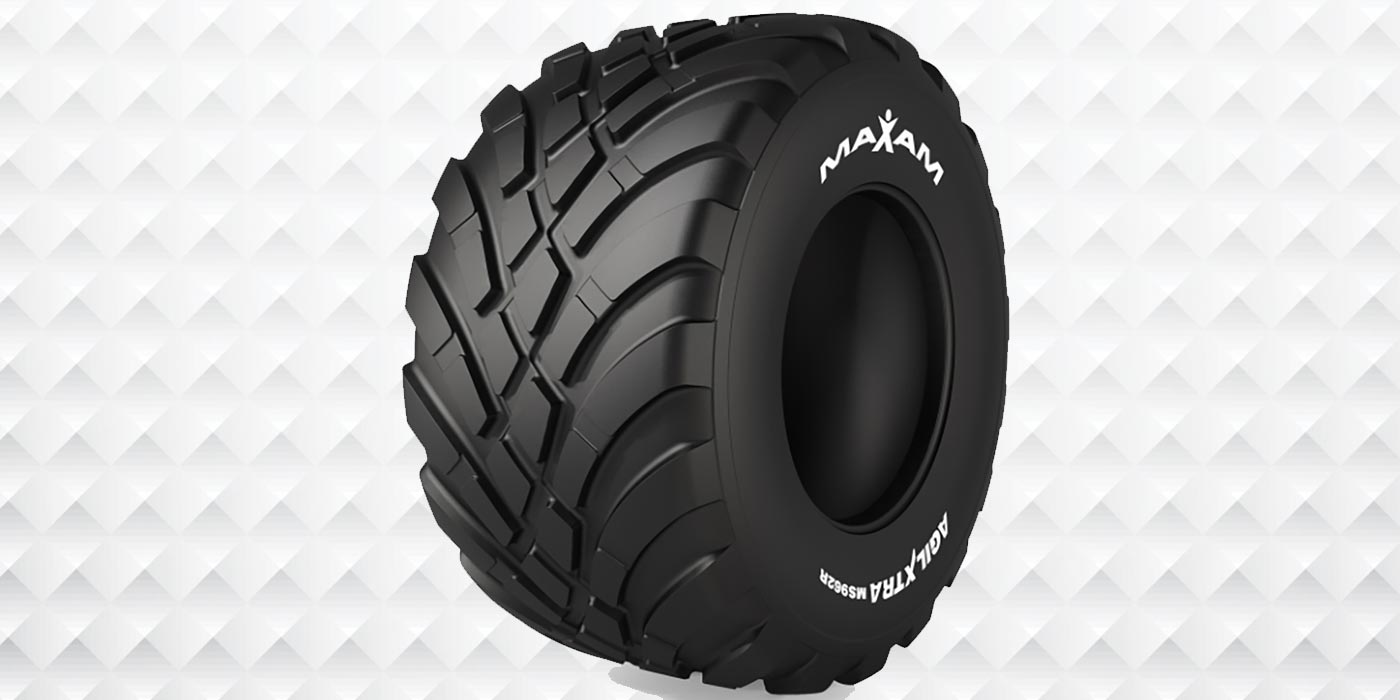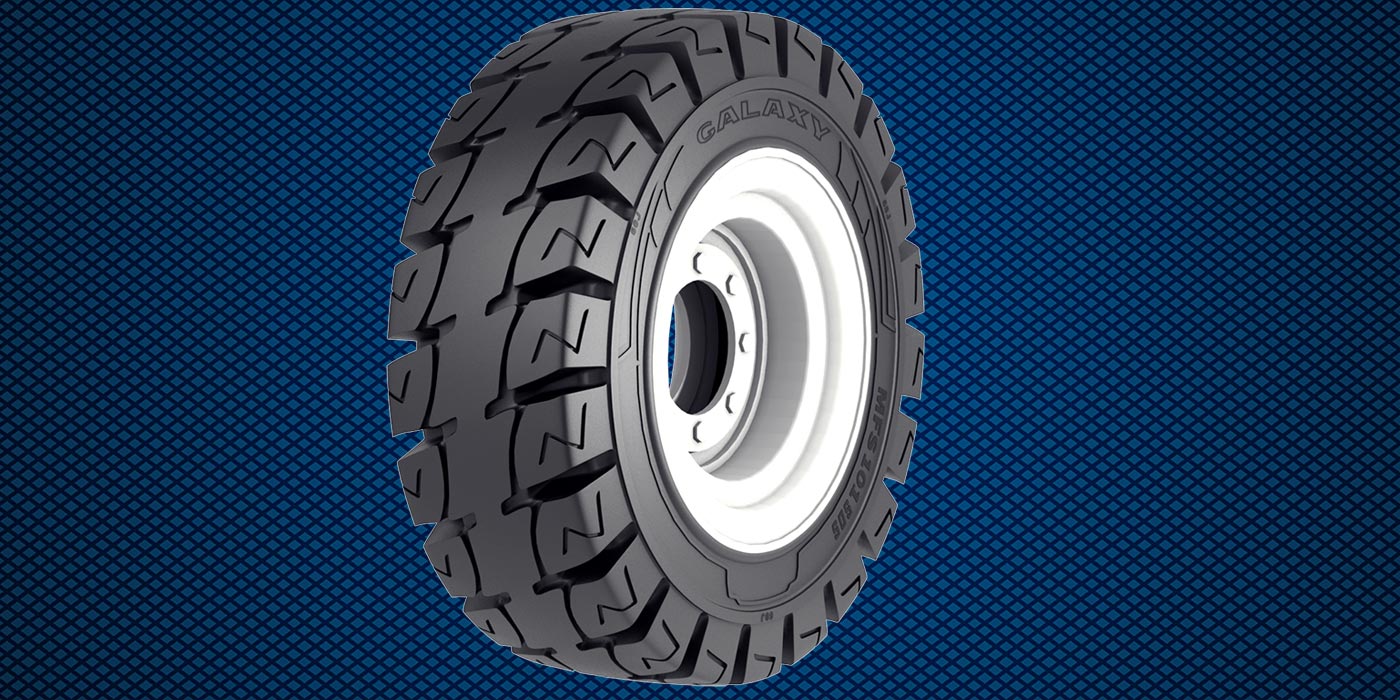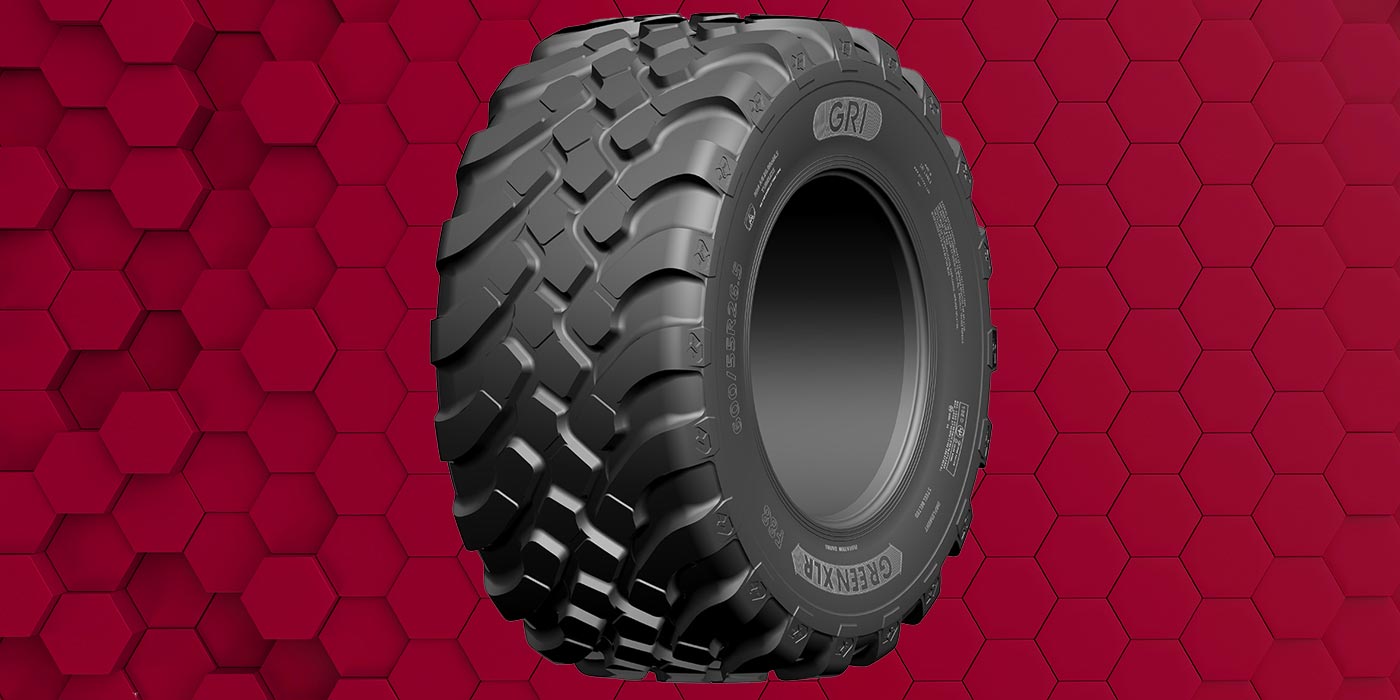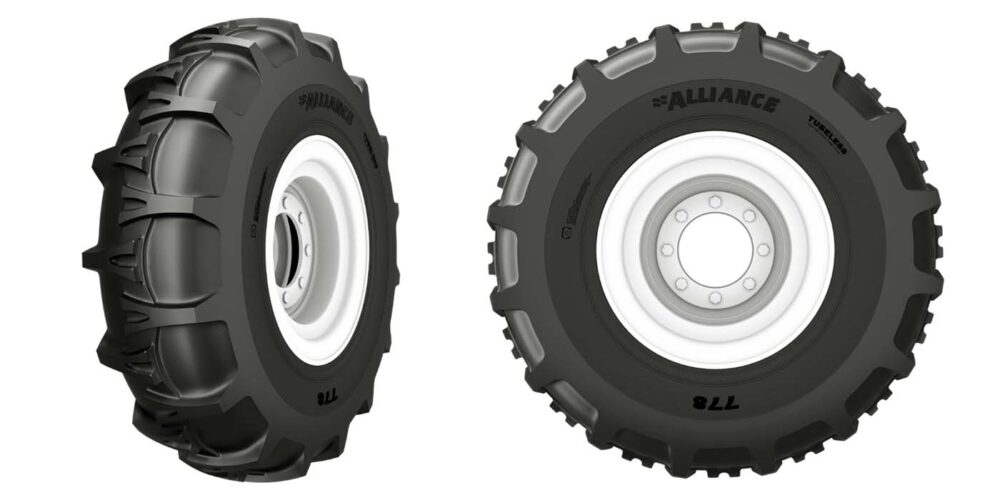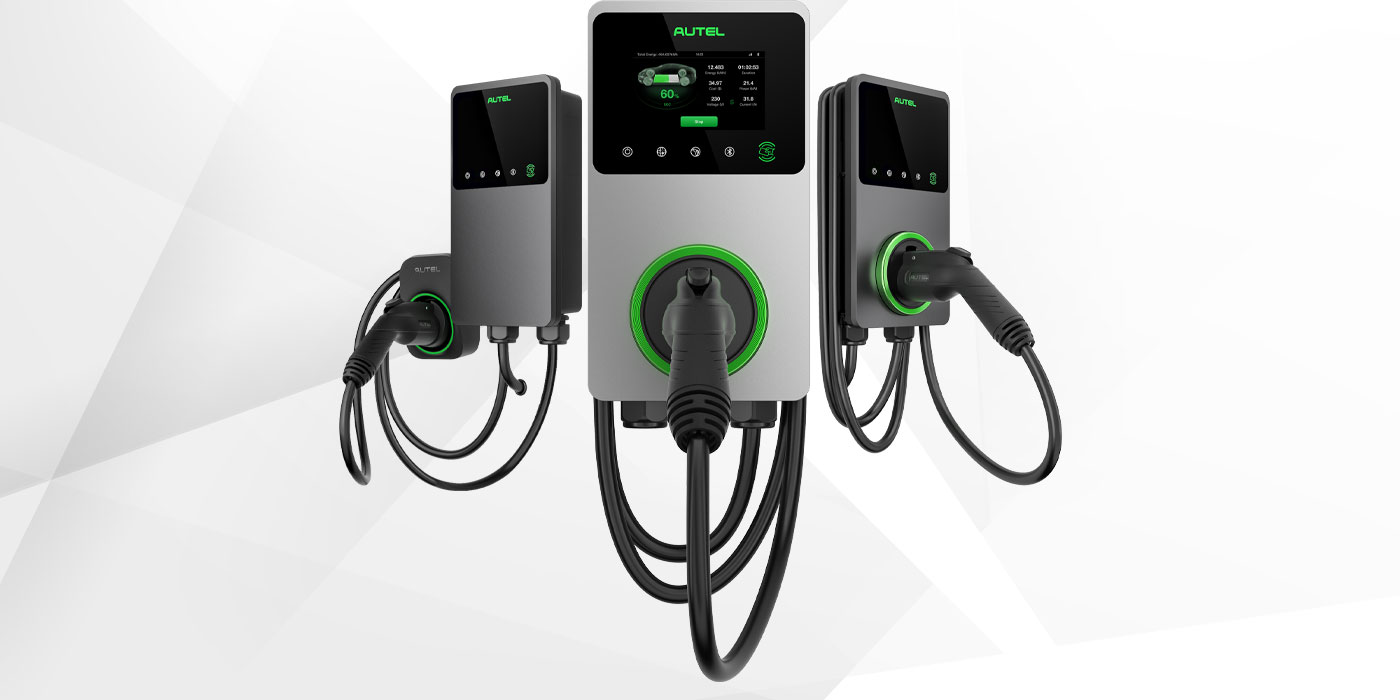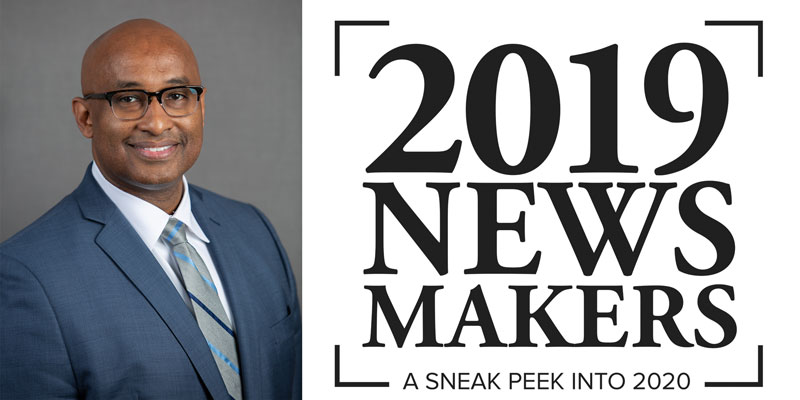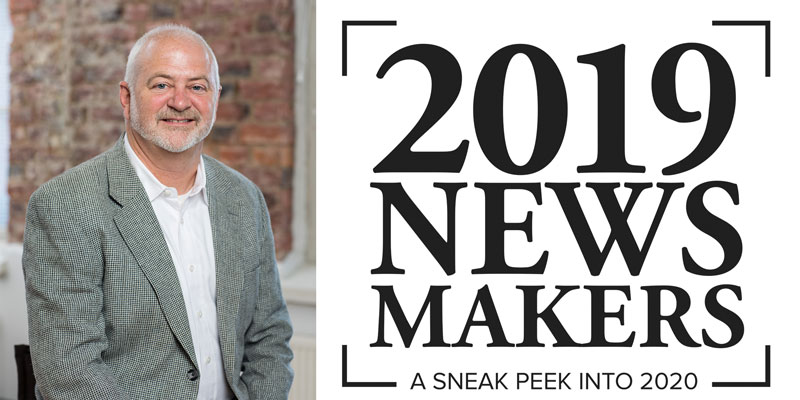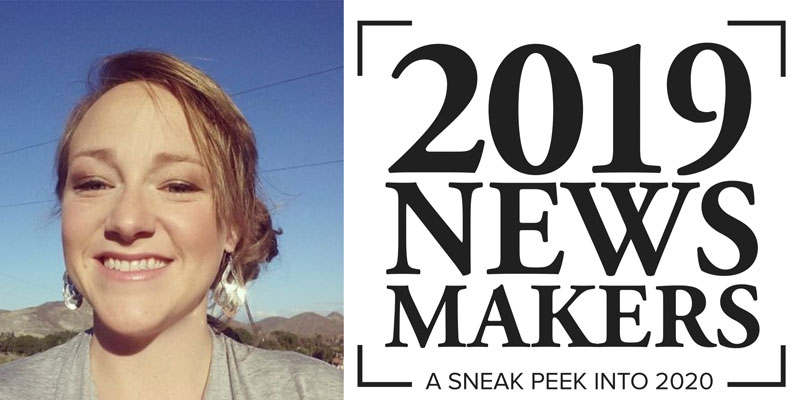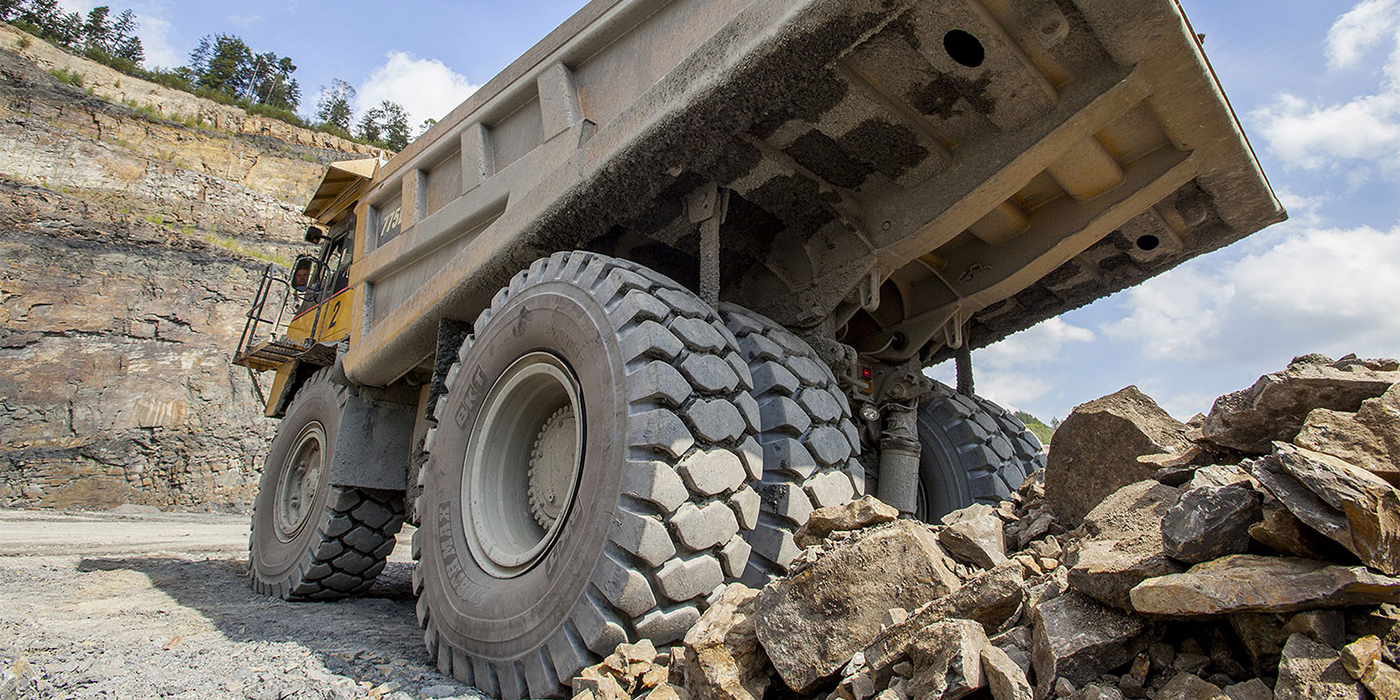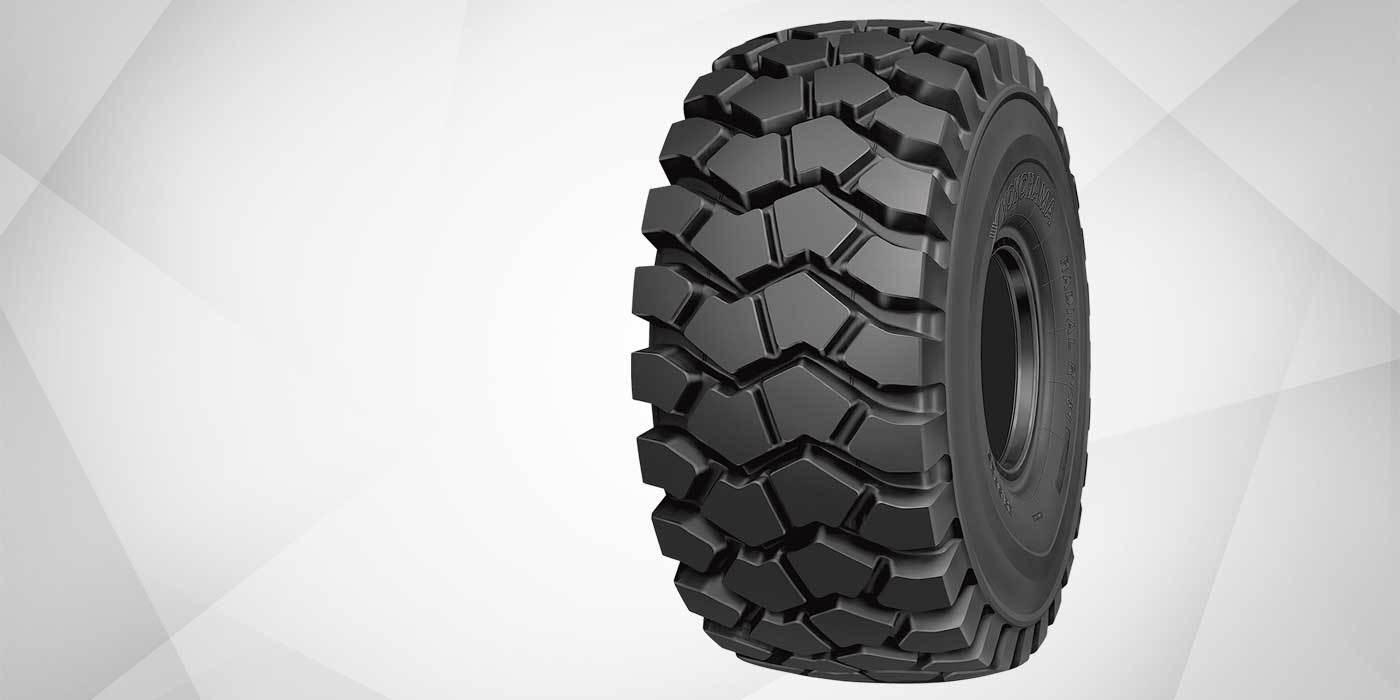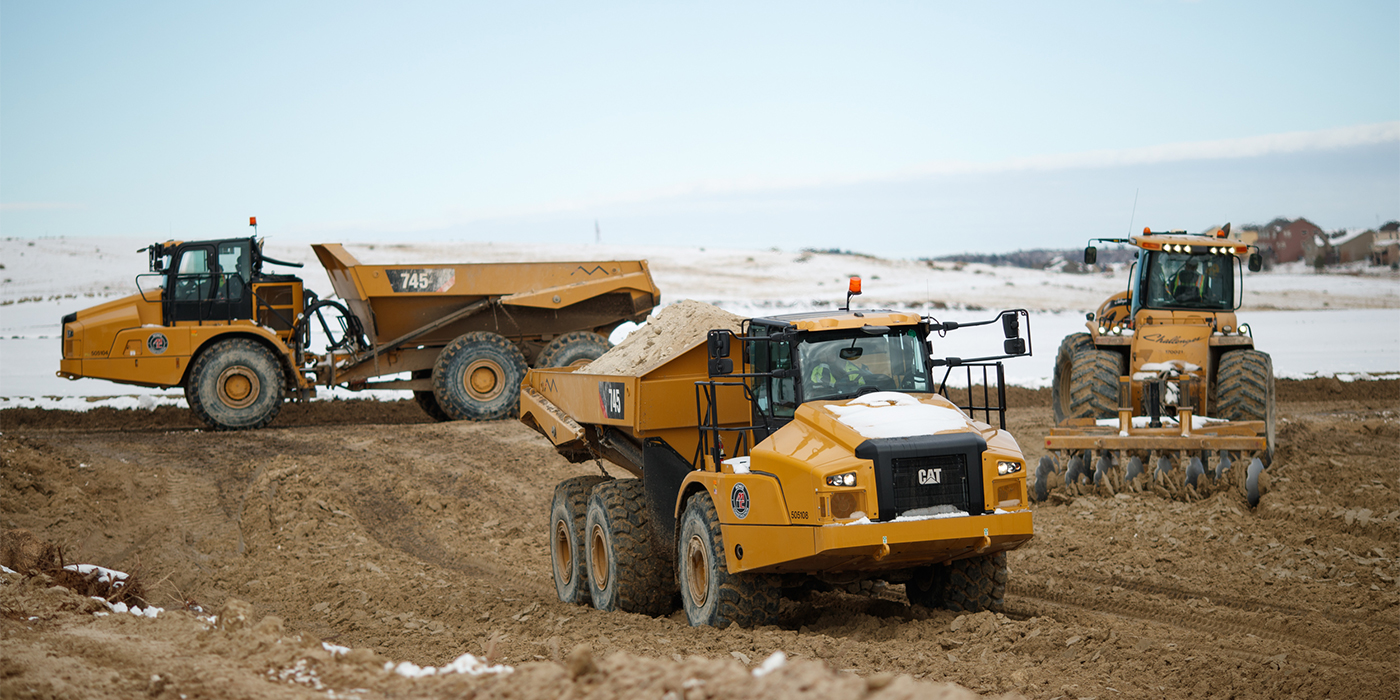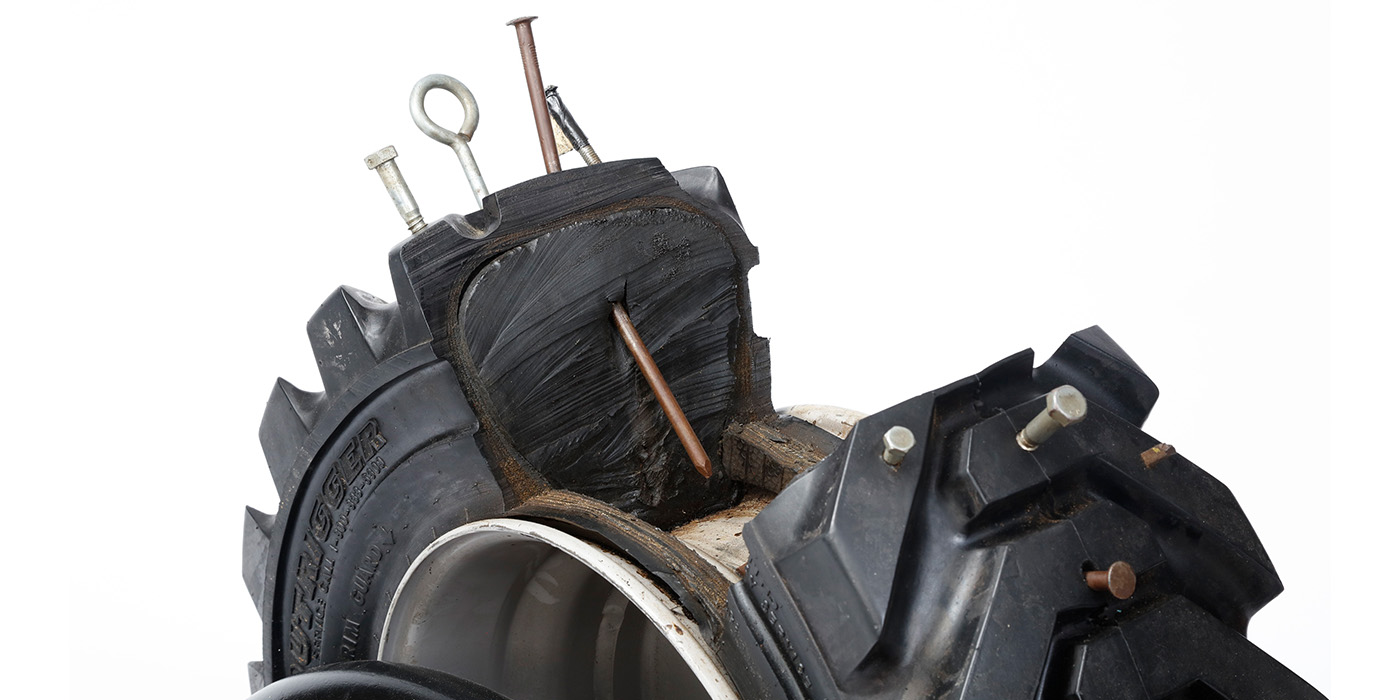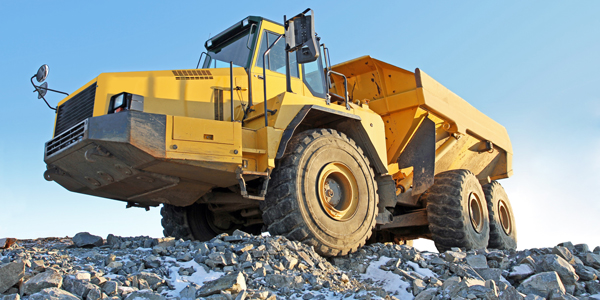
Let’s face it. Mining is complicated, dirty and dangerous work. This is true for any type of mining, but especially relevant for severe underground locations. While the ultimate goal of nearly every mine in the world is to efficiently extract and move ore at the lowest possible cost in the shortest amount of time, there are serious safety considerations specific to the mining industry that must, by necessity, be front and center for any legitimate mining operation—regardless of global locale—from South Africa to Cambodia to the U.S.
Mining operators are tasked with balancing the two tedious twin sisters of logistical management: keeping bottom-line profits soaring with constant ore in transit and a productivity chain that’s thriving, and ensuring the protection and well-being of large crews working in conditions fraught with unexpected scenarios and physical hazards.
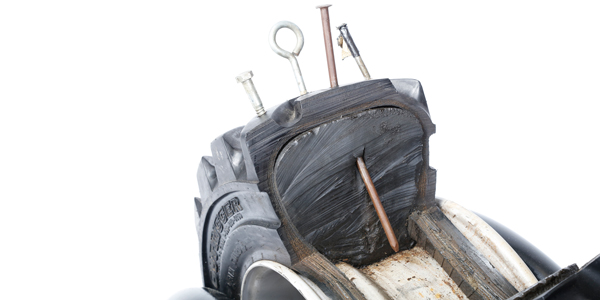
While there are many moving parts that go into managing this careful combination of factors (everything from manpower training, to heavy vehicle equipment quality and selection, to a skilled labor force specializing in testing and work environment monitoring, to hardcore science that oversees and regulates the extraction process), the effectiveness of vehicle tire technology is a paramount consideration among the mix. Tires account for a significant line-item cost on any mining operator’s fiscal ledger (in fact, tires are among the top five mine operating expenses for most mine managers). This includes, of course, not just the cost of actual tire procurement, but also the costs invested as part of an ongoing vigilance to ward off the serious negative financial repercussions and costly implications if tires do happen to malfunction or technology selections fail to deliver.
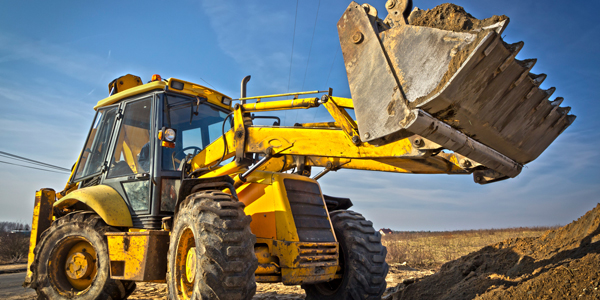
The areas of vulnerability for mining tire technology are multi-fold, including the following (with each scenario being dependent on the type of tire that is selected):
- Tire puncture and deflations (which quickly bring operations to a sudden halt and impede productivity across multiple worksite areas depending on where an untimely breakdown occurs);
- The need for meticulous tire pressure monitoring with regularity from a skilled technician (depending on the tire format);
- Potential denigration of expensive mining equipment, machinery and vehicles;
- Various assembly hazards, which, depending on the tire format, can lead to on-the-job worker injury and other complications;
- A variety of cost considerations that can be impacted by the wrong tire selections for either the particular equipment or specific job, and that can rapidly deplete broader project budget reserves;
- Environmental fallout and ecology considerations from inappropriate attention to carbon footprint reduction or resource utilization that can place mining operators in a negative spotlight with the industry or among corporate watchdog organizations.
These are just a few of the areas where the right tire selection can either advance or impede mining success. For tire dealers working with mine operators, managing all of the above factors requires informed technical decisions and a solid understanding of best practices and applications. These evaluations are made all the more precarious since underground mining equipment, in particular, offers virtually zero suspension — and the wear and tear on these vehicles in field operations can be quite severe. The owners of costly mining equipment must rely almost exclusively on tire deflection to protect valuable equipment and vehicle assets (axles, drivetrains, chassis, etc.).
To address these and other issues, tire dealers are the ones who are responsible for educating mining operators about the various tire technology choices and the benefits and disadvantages of each. While each tire format brings something slightly different to the jobsite management equation, each also has its own merits worthy of consideration — and all of the major tire technologies have been extensively time and scenario-tested.

There are basically three types of tire technology that operators can select from, which are detailed below in terms of benefits and shortfalls:
- Air-filled pneumatics: Pneumatic tires deliver a comfortable, smooth and “cushioned” ride for operators and offer the best agility and maneuverability. They also deliver great deflection, which is essential for underground mining equipment management, but they are highly vulnerable to easy puncture and costly deflation. Pneumatics also require constant air pressure monitoring and maintenance and are prone to rim assembly challenges with resulting safety dangers.
- Solid rubber tires: Solid tires offer the sturdy, flat-proof ability that eliminates costly punctures, which is a strong plus. But their rigidity, added weight and lack of flexibility can create discomfort for operators on a bumpy, jolting ride with inherent G-force impact. They are also more difficult to maneuver, which reduces levels of productivity demanded in a modern mining environment. Additionally, the hard ride often means equipment damage to the chassis and drivetrain which, in the long run, escalates ore extraction costs and drains a mine operator’s budget. Solid tires with apertures drilled or molded through their center sections to add flexibility may also work in some less aggressive operations.
- Polyurethane-filled tires: Polyurethane-filled tires, commonly referred to in the industry as foam fill, inject an elastomer core into pneumatic tires to offer puncture proofing. This technology has been effectively used in underground mining production for more than four decades. It offers complete flat-proofing, zero tire pressure maintenance and a smoother ride that’s easier on the human muscular/skeletal system and on the equipment axles, drivetrain and chassis. Also, polyurethane fill can be recycled and re-used, reducing a mining operation’s carbon footprint. “Foam-filled” tires also add extra weight to the wheel and tire unit and offer a deflection rate that’s only slightly less than traditional pneumatics.
Ultimately, tire selection benefits should be carefully weighed against both logistical/manpower costs and hard financials. The number one priority for most mining operators, in addition to securing the safety of the work environment, should be to successfully deliver ore at the lowest possible cost per unit. The degree to which tire technology can favorably enhance this cost equation is likely what will dictate an operator’s decision-making in the end.
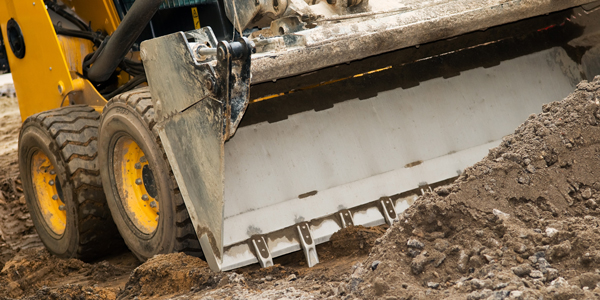
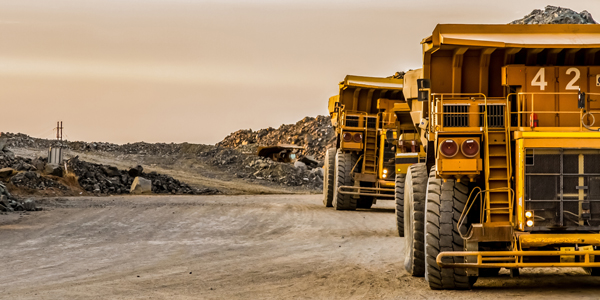
Additionally, new R&D and technologies are now going mainstream in the industry — each offering more advanced 360-degree tire care than previous generations of technology. With the industry looking for ways to reduce the high-cost impact of tire-related downtime in underground mining, tire manufacturers have designed new carcass constructions and cut-resistant rubber compounds. Tire fill manufacturers have also developed more resilient “foam” materials and unique filling equipment that can significantly reduce a company’s carbon footprint. In the years to come, a tire choice will be helping to drive the mining operations’ success in more ways than one. Being informed about the various available options will help tire dealers and mining operators remain savvy and competitive when it comes to making prudent and safe equipment decisions.
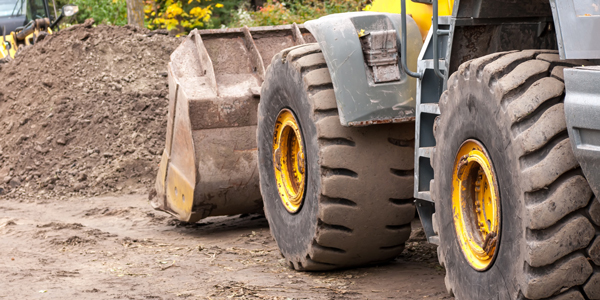
Peter Klein is the business manager for Africa for Carlisle TyrFil, a global supplier of polyurethane-filled tire technology and other integrated tire care solutions. He has worked in the mining tire and rim space for over 30 years and is based in Johannesburg Area, South Africa. For more information, visit www.CarlisleTyrFil.com.
Check out the rest of the November digital edition of Tire Review here.

